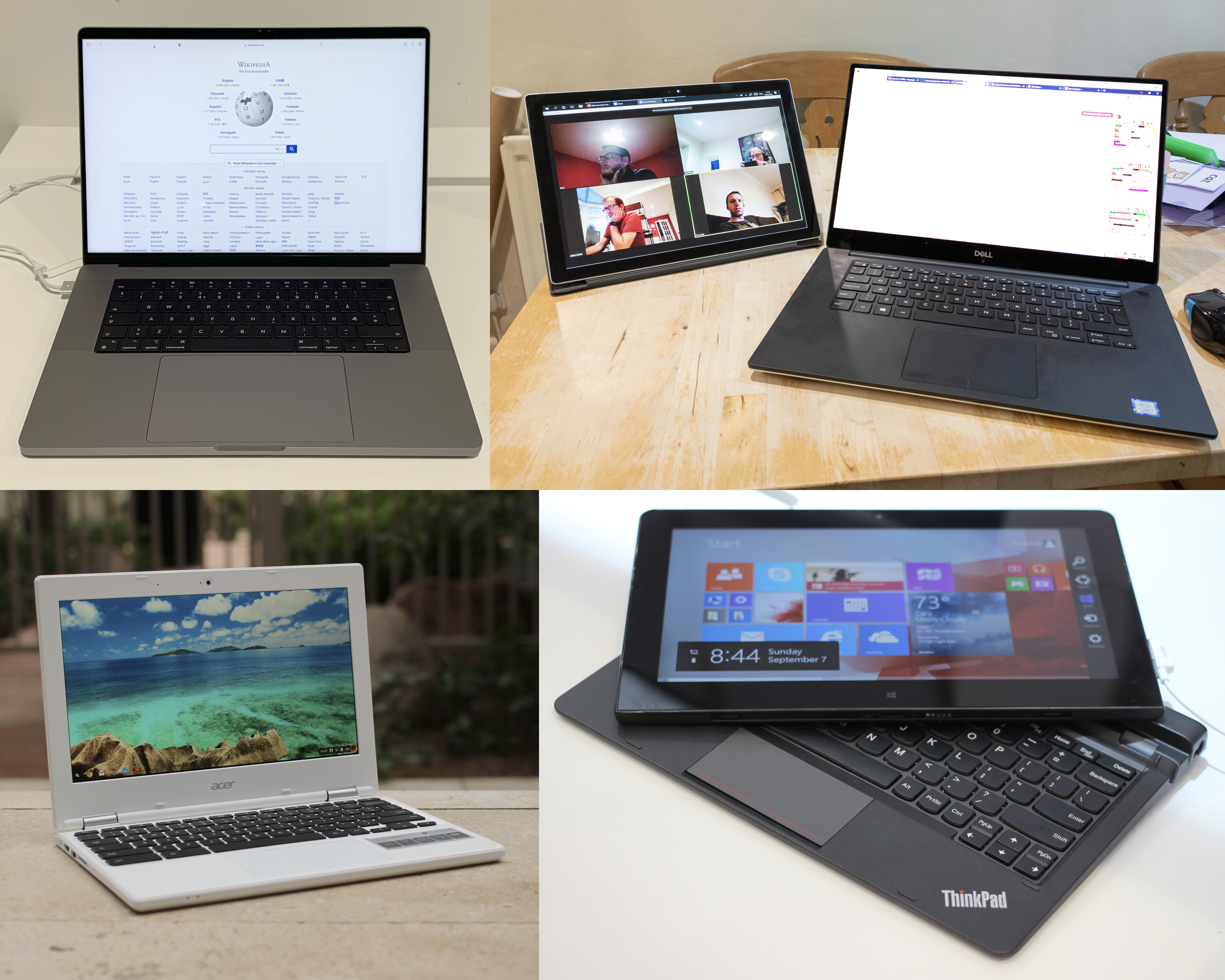Laptop Can’t Find WiFi Network Fixes
Having trouble with your laptop not finding your WiFi network? Here are some fixes to help you get connected again.
Enable WiFi and Check Airplane Mode
To enable WiFi on your laptop, first check if the airplane mode is turned off. This mode disables all wireless connections, including WiFi. Click on the network icon in the taskbar and ensure that airplane mode is toggled off.
If the airplane mode is off and WiFi is still not connecting, you can try restarting your laptop. Sometimes a simple restart can resolve connectivity issues.
Another step you can take is to check if the WiFi adapter is enabled on your laptop. Go to the Device Manager, expand the Network adapters section, and ensure that the WiFi adapter is not disabled.
If the WiFi adapter is enabled but you still can’t find your network, you can try updating the device driver for the WiFi adapter. Go to the manufacturer’s website and download the latest driver for your specific model.
Additionally, you can try resetting the wireless network on your laptop. Open the command prompt as an administrator and type “netsh winsock reset” and press Enter. Then restart your laptop and check for WiFi networks again.
If these steps don’t resolve the issue, there may be a problem with your wireless router or the network itself. In this case, you may need to contact your internet service provider or the manufacturer of your router for further assistance.
Confirm Network Settings and Services

| Network Setting | Status |
|---|---|
| Check WiFi Connection | Connected |
| Verify SSID and Password | Correct |
| Check Network Services | Running |
| Restart Router | Completed |
Restart Router and Update Drivers
To fix the issue of your laptop not finding the Wi-Fi network, try restarting your router and updating your drivers. First, restart your router by unplugging it for 30 seconds and then plugging it back in. This can often resolve connectivity issues.
Next, update your drivers by going to the manufacturer’s website (such as Dell, Lenovo, or Hewlett-Packard) and downloading the latest drivers for your wireless network adapter. Install these drivers and restart your laptop to see if the issue is resolved.
If you are using Windows 10, you can also try resetting your network settings by going to Settings > Network & Internet > Status > Network reset. This will remove and reinstall all your network adapters and set other network components back to their original settings.
If you are still unable to find the Wi-Fi network, consider troubleshooting your wireless network connection through the Control Panel or using the troubleshooter tool in Windows. You can also try connecting to a different network to see if the issue is specific to your home network.
Modify Adapter Properties and Reset Network
To modify adapter properties and reset the network on your laptop, start by accessing the Network and Sharing Center. Click on the “Change adapter settings” option and locate your wireless network adapter. Right-click on it and select “Properties.” Go to the “Networking” tab and find the “Internet Protocol Version 4 (TCP/IPv4)” option. Click on it and then click “Properties.” Here, you can manually set the IP address and DNS server for your network.
If that doesn’t work, you can try resetting the network by opening the Command Prompt as an administrator. Type the following commands: ipconfig /release, ipconfig /renew, and netsh winsock reset. After running these commands, restart your laptop and check if the WiFi network is now accessible.
Another option is to reset the network from the Settings app in Windows 10. Go to “Network & Internet” and then “Status.” Click on “Network reset” and then follow the on-screen instructions to reset your network settings.
Remember to also check if your wireless router is functioning properly and if the WiFi network is visible to other devices. Troubleshooting your network connection can involve both your laptop and the router, so be sure to check both devices for any issues.
By modifying adapter properties and resetting the network, you can potentially resolve the issue of your laptop not being able to find the WiFi network. Always ensure that you have the correct wireless security key and that your network adapter drivers are up to date to avoid connectivity problems.
Ensure Network Compatibility and Frequency
Next, check the wireless network settings on your laptop. Make sure that the network you’re trying to connect to is within range and that the network frequency is supported by your laptop. You can do this by checking the network settings in your operating system.
If you’re using Windows, check the network compatibility and frequency in the Network and Sharing Center. Look for the network you’re trying to connect to and make sure that the frequency matches the one supported by your laptop. If you’re using a different operating system, refer to the appropriate settings menu to check the network compatibility and frequency.
Additionally, verify the wireless security settings of the network. Ensure that the security type and password match the settings on your laptop. If the network is using a different security type or password, you won’t be able to connect to it.
By ensuring network compatibility and frequency, you can troubleshoot why your laptop can’t find a WiFi network and potentially resolve the issue.
Minimize Device Interference and Distance Issues
- Move closer to the router
- If you are far away from the router, the signal strength may be weak. Try moving closer to the router to see if the network appears.
- Check for interference
- Look for any devices that may be causing interference with the WiFi signal, such as microwaves, cordless phones, or other electronics. Move these devices away from the router to minimize interference.
- Restart the router
- Unplug the router, wait a few seconds, and then plug it back in. This can help resolve any issues with the router’s connection.
- Update router firmware
- Check if there are any firmware updates available for your router and install them. This can improve the performance and stability of the router’s connection.


